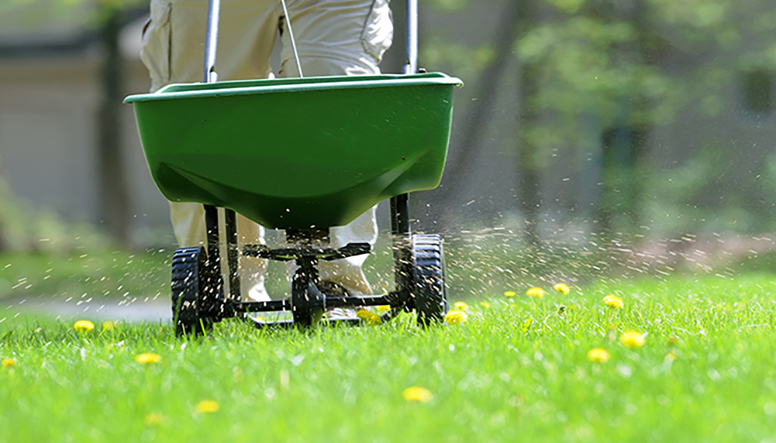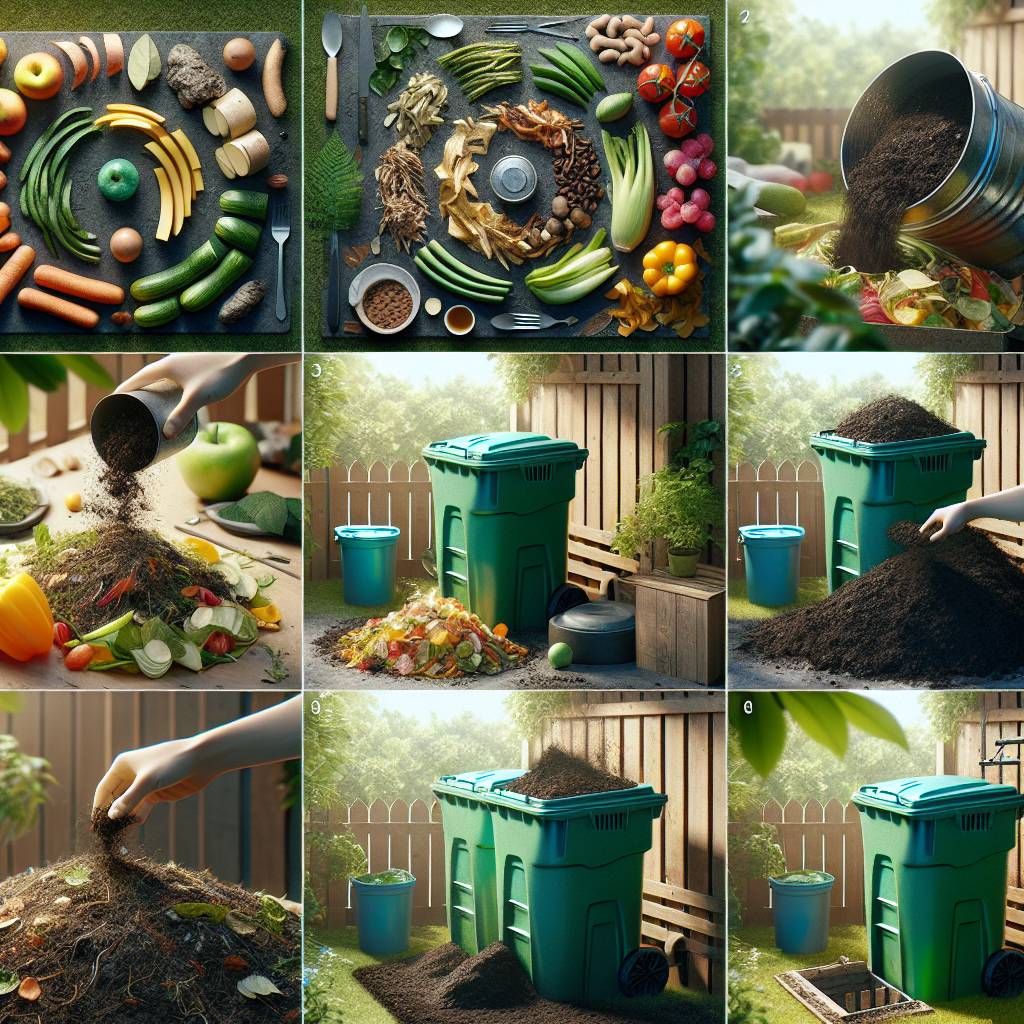Healthy, lush green lawns are a result of the care and effort you put into their maintenance. By supplying your lawn with the best lawn fertilizer, you provide it with the necessary nutrients to grow and thrive.
There are many fertilizers available in the marketplace today. Understandably, choosing one for your lawn could be a daunting process. It would be best to understand what lawn fertilizers are, their different types, and how they can help your lawn before buying some for your lawn.
What are Lawn Fertilizers?
Your lawn grass needs nutrients to survive and grow. The nutrients present in the soil may not always be sufficient to fulfill these nutrient requirements. This is where lawn fertilizers come into the picture. Fertilizers are a formula that contains the necessary nutrients that aid in keeping your lawn healthy.
Nitrogen (N), phosphorous (P), and potassium (K) are the three main ingredients that are available in lawn fertilizers. Nitrogen is responsible for keeping the lawn grasses healthy, leafy, and vibrant looking. Phosphorus is the nutrient that helps keep the pesky weeds away, and potassium helps maintain the longevity of the lawn grass.
Depending on the issue the lawn fertilizer is designed to solve, it may contain micronutrients like calcium, chlorine, magnesium, copper, cobalt, iron, zinc, and boron, among others.
Every fertilizer label will come with an NPK(Nitrogen-Phosphorous-Potassium) ratio clearly defined. For example, a relatively healthy lawn with no serious maintenance concern could use the all-purpose fertilizer with the NPK ratio of 10-10-10. If your lawn grass has lost its shine and color, it may need a fertilizer high in nitrogen content. In this case, you could go for a fertilizer with an NPK ratio of 30-0-4.
Different Types of Lawn Fertilizer
Depending on the nutrients available in the fertilizer, they are broadly categorized into complete and incomplete fertilizers. A fertilizer containing all three primary NPK nutrients is known as a complete fertilizer. A fertilizer that includes two of these primary nutrients is known as incomplete fertilizer.
Next, the fertilizers are divided into forms they are available and can be spread in. They are:
- Granular
- Liquid
Granular fertilizers are widely popular due to their ease of application. They are cost-efficient and provide you better control over the fertilizing schedule. They are available in various slow-release formulas.
Liquid fertilizers, on the other hand, are available in quick-release formulas. Using a simple spray or even a hose, you can uniformly apply the fertilizer all across your lawn.
Fertilizers also differ in terms of the ingredients that are used to manufacture them. The two broad categories are:
- Organic
- Synthetic
Organic fertilizers are generally manufactured using natural products derived from living things like manure and compost. On the other hand, synthetic fertilizers are manufactured using inorganic compounds, which are usually the byproduct of the petroleum industry.
How to Select the Best Lawn Fertilizer?
Know Your Lawn Grass Type
If you are getting a new lawn installed or are new to lawn maintenance, you must first know the type of lawn grass you are dealing with.
Some of the common lawn grass types used are:
- Bermuda grass
- Buffalo grass
- Bentgrass
- Zoysia
- Kentucky Bluegrass
- Bahiagrass
- Tall Fescue
Different grass types have different nutrient needs. Some may be resistant to cold conditions, whereas some may require sunlight to thrive. Choosing a fertilizer according to the grass type is essential so you can provide the grass with the proper nutrients it needs.
Know Your Soil Type
It is imperative that the pH level of the soil be maintained so that the grass can soak up nutrients easily. You can get a soil pH test done to determine the quality of the soil and identify any underlying issues. If your soil is rich in potassium or phosphorous, you can use a nitrogen fertilizer to balance the pH level.
Know When to Fertilize Your Lawns
It would be best to fertilize your lawns for cool grasses like tall fescue and Kentucky bluegrass during early spring and early autumn. For warm grasses like Zoysia, it would be best to fertilize the lawns during the summer season. Preparing your lawns before the winter season helps them get through the cold weather without any hiccups.
There is no one right product when it comes to choosing the best lawn fertilizer. You should select the fertilizer depending on the grass, soil type, and weather conditions. You should consider the method you would be most comfortable with for disbursing the fertilizer. Lastly, know when to fertilize your lawn. Fertilizers work best when they are used complementary to environmental factors.






